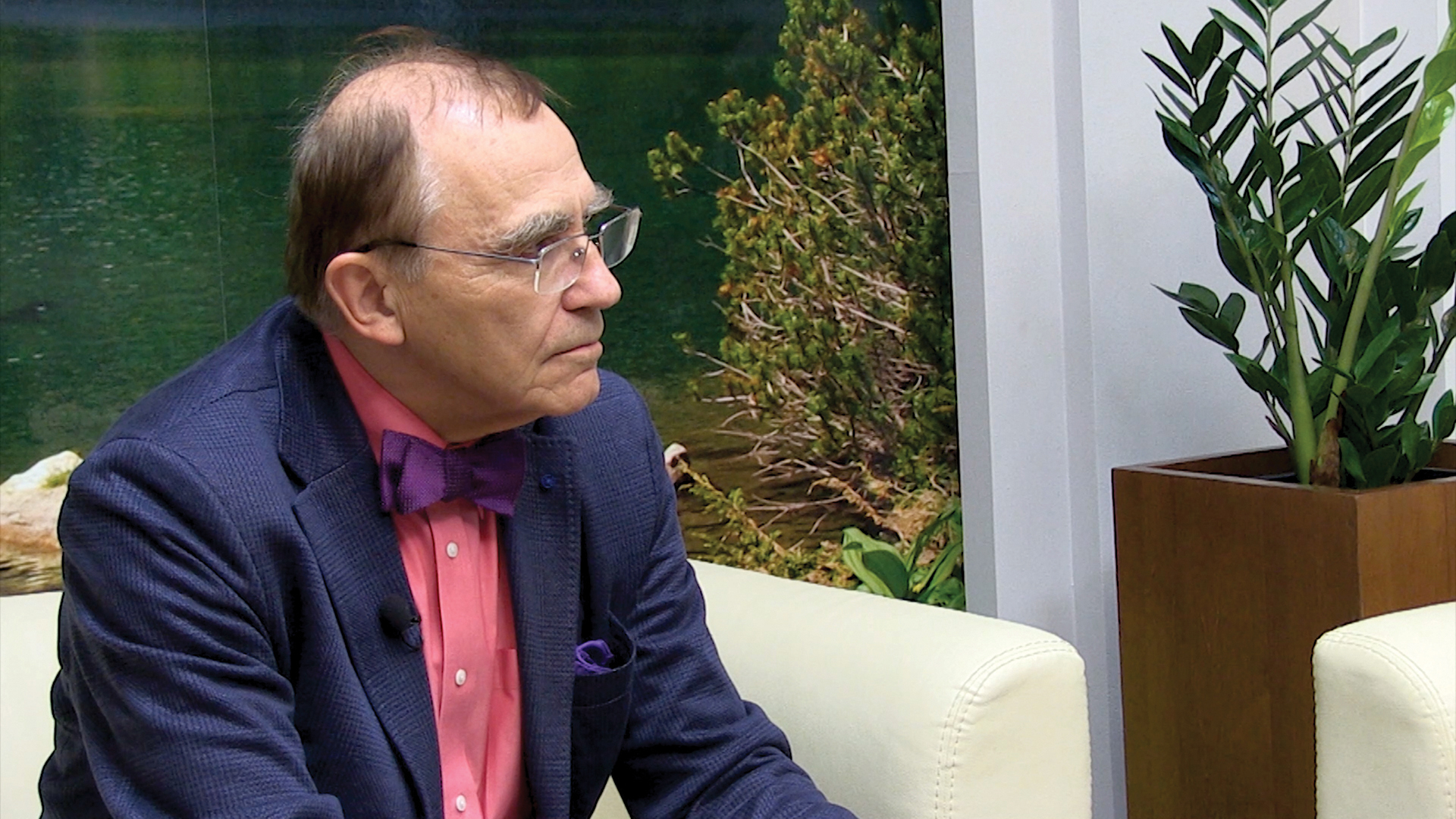Consulting Professor at Stanford University
Michał Kurtyka: How can we imagine the future model of development which would incorporate the climate and environmental imperatives of our times?
Piotr Moncarz: The important thing that we need to address is the issue of a growing population which demands equality across the world. In other words: the model which preoccupies us today is how to produce less CO2 in the United States, how to produce less CO2 in Poland, how to use less water, etc. That model is very myopic, we need to start looking at the incredibly fast growing population of Asia and in particular of Africa. Populations that want to reach our life standard, at least to some extent, that want to have access to food, to education, to electricity, to refrigerators in every house, etc. And then we can start talking about the balanced development of the world and the numerous other aspects that we could address. One is, of course, energy and this in itself is a huge subject: renewable energy, balanced energy, energy conservation. The other is: water. When we talk about water, then we have to talk about water for hygienic needs, water for drinking and water for agriculture, and water which is needed by the environment to continue existing. We have many bad examples of how we failed to solve the problem of water in cities or even countries which resulted in drying river beds and the death of the surrounding environment. Put bluntly, solving the problem in small bites will not work. We have to have a global model of environment and only within the global model of environment can we start solving individual problems. Of course climate is part of it. No doubt, we are going to experience dramatic climate changes in the near future. I won’t argue with those that have doubts about CO2 , it’s enough to say that what we are changing as humanity on the earth has a massive impact on the climate and the climate has a massive impact on the way our environment functions. In other words: climate is an integral part of that model that I mentioned a moment ago. We cannot deal with these issues in isolation.
MK: What will energy look like in 2050?
PM: In 2050, I imagine that energy generation will be totally distributed, will have moved away from energy wired through huge transmission lines. That does not mean that we will not be using wires to send the electricity, though there are some suggestions that this will happen, but rather that we will be producing energy closer to the user. We will produce it in the amount the user needs. Now, what does this mean? How can you have hundreds or thousands of MW power plants fired by fossil fuels next to the consumer of the energy? This is, of course, impossible. But 2050 is a long way off and I cannot imagine the world still producing energy from fossil fuels in 2050. And that removes one very difficult problem from the equation: the fossil fuels will become a fossil source of energy and other elements that are integral to our economy but will not be burned to produce energy. So, that’s number one. Number two: so what will be the sources of energy? Certainly, we will continue improving photovoltaics. Perovskites, which today are still a little academic, have huge potential from which we can see an opportunity for Poland as we are one of the leaders in this field.
Improvement in energy storage, batteries of various sorts – I would say lithium-ion – which today is the battery of choice – will probably be a distant memory. We will probably move to polymer battery technologies, which are today not so much in “a cradle”, as still in “the womb” of the universities. We are coming ever closer to the new generation of batteries, so that will play a very important role. One cannot talk about energy without talking a little bit about energy use. Transportation will be using energy in a very different way. Home heating, office heating, building heating will move towards the natural circulation of energy within the system. So that’s probably the energy world in 2050.
MK: What needs to be done in terms of innovation, regulation, societal change and finance to achieve the climate neutral future of our civilization.
PM: I hate to be boring but I have to go back to the global model of environment, energy and climate. These principal elements cannot be separated, so we have to start with the model, we have to understand how the butterfly in Siberia causes wind in Australia, speaking in “mathematical terms”. We’re certainly doing a lot today. Awareness of the environment and awareness of the climate in today’s world is light years ahead of what it was 20 years ago, and we are continuing to make progress. Education at school has to emphasize it. It’s not a process that we can accelerate for a rapid change so in 5 years’ time we have accomplished what we need to. Therefore, the children at school today are going to take over the task and continue it. We are also seeing the enormous changes in the way we cultivate land. Today, there are experiments in the rich countries like Canada or the US, where they no longer plough the land, where they drill the seeds into the ground which is covered by the growth (that is not removed) of weeds that protect the ground from evaporation, where they don’t flatten the ground anymore, but rather feed the seeds directly with water. All of this is a combination of a good understanding of biology, the environment and technology. And then, we talk about technology. Of course, as an engineer, I am enthusiastic about the idea that the answer lies in technology and engineering, but unlike in the XIX and XX century, this is in close relation with biologists and climate experts. So that’s the real solution: the multidisciplinary approach. Experts from many disciplines from material science through to electronics, the internet of things, to biologists, geneticist, climatologists – working together in one team addressing the same problem. Of course economy and law and administration are indispensable in the process – because we need to implement those solutions, we need to create new laws that will permit certain changes, and endorse certain changes. We also have to educate our politicians, which is a pretty tough call , but if we don’t try we will not be able achieve any of this.
The interview comes from the book “The Future of Energy” published in 2019 by the Bureau of the COP24 Presidency of the Ministry of Climate and Environment of the Republic of Poland













